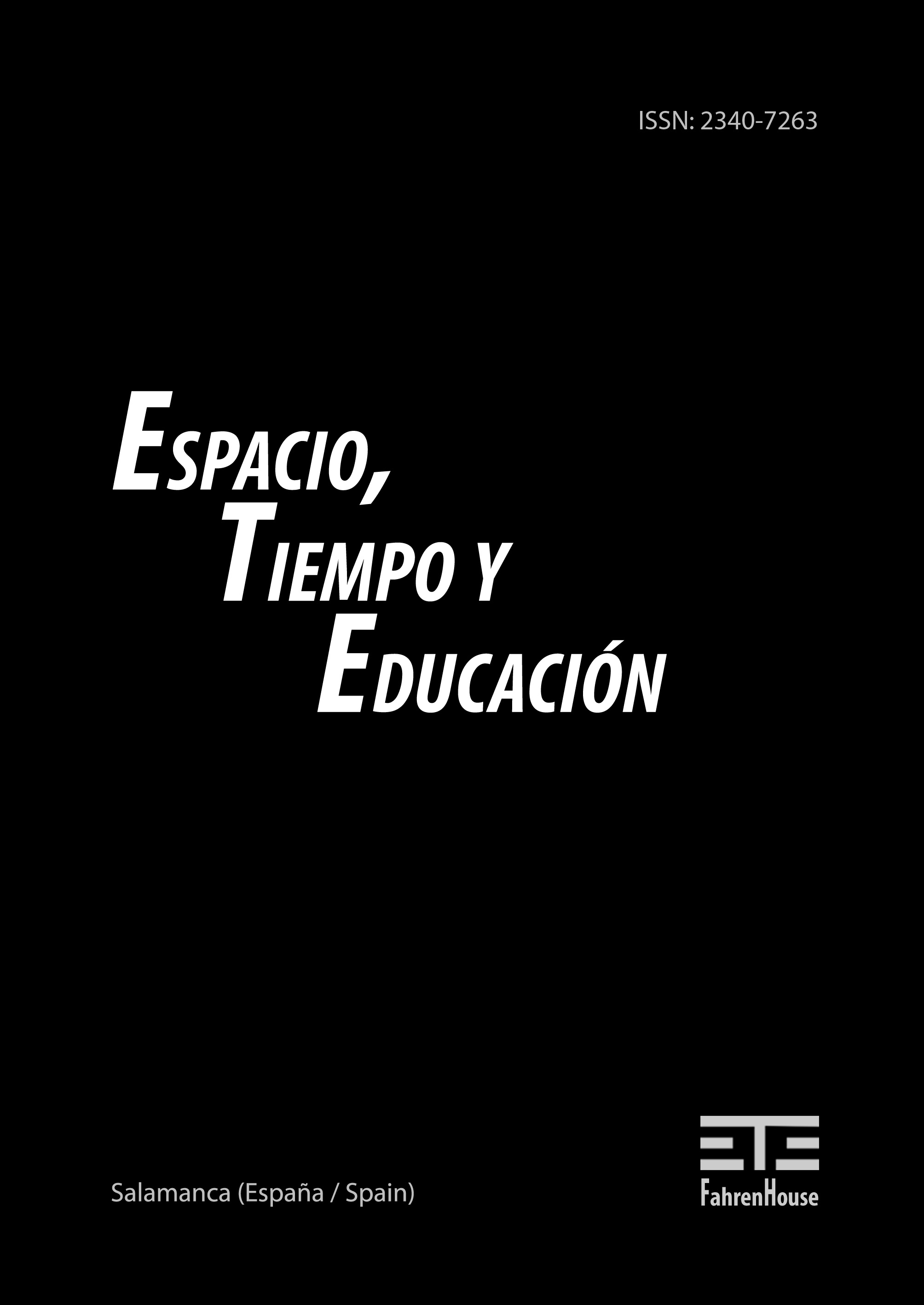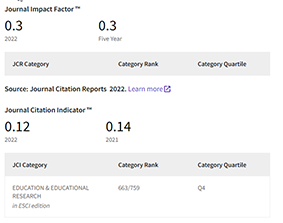Uruguay, 1968. Some Lines of an Analysis based on the Survey of the Student Protest in a Peripheral Country
DOI:
https://doi.org/10.14516/ete.267Keywords:
1968, Youth, Left, Culture, ViolenceAbstract
This paper – focused on a deep analysis of the student movement that occupied the streets of Montevideo in 1968 – aims at proposing some analytical lines to understand this and other contemporary cycles of protest in different places of the world. After locating these events in a wide geography characterized both by political acceleration and the dramatic display of cultural change, four relevant themes in the growing body of literature on the «global Sixties» are raised. First, it is addressed the relationship between social movements and groups or political parties in these «short cycles» of protest. Second, the idea that violence was rather a catalyzer of political innovation rather than the result of political polarization is proposed. Third, it breaks down the diversity of possible links between culture, in a broad sense, and the forms of political participation in youth mobilizations. Finally, it can be more rewarding to look at different scales of analysis of these processes, from the strictly national to the transnational circulation of ideas and people.
References
Aldrighi, C. (2007). El caso Mitrione: La intervención de Estados Unidos en Uruguay, 1965-1973. Montevideo: Editorial Trilce.
Artaraz, K. (2009). Cuba and Western Intellectuals since 1959. USA: Palgrave.
Barr-Melej, P. (2017). Psychedelic Chile: Youth, Counterculture, and Politics on the Road to Socialism and Dictatorship. Chapel Hill: The University of North Carolina Press.
Copelmayer, R., & Díaz, D. (1969). Montevideo 68: La lucha estudiantil. Montevideo: Diaco.
Cosse, I. (2010). Una revolución discreta: El nuevo paradigma sexual en Buenos Aires (1960-1975). Secuencia, 77, pp. 113-148.
Costa, O. (1971). Los tupamaros. México: Era.
Della Porta, D. (1995). Social Movements, Political Violence, and the State: A Comparative Analysis of Italy and Germany. Nueva York: Cambridge University Press.
Gilman, C. (2003). Entre la pluma y el fusil: Debates y dilemas del escritor revolucionario en América Latina. Buenos Aires: Siglo XXI.
Gould, J. L. (2009). Solidarity under Siege: The Latin American Left, 1968. American Historical Review 114(2), 348-375.
Grandin, G. (2004). The Last Colonial Massacre: Latin America in the Cold War. Chicago: University of Chicago Press.
Hobsbawm, E. (1995). Historia del siglo XX. Barcelona: Editorial Crítica.
Indal (Ed.) (1973). Movimiento de Liberación Nacional (Tupamaros): Documentación propia. Caracas: INDAL.
Langland, V. (2013). Speaking of Flowers: Student Movements and the Making and Remembering of 1968 in Military Brazil. Durham, NC: Duke University Press.
Manzano, V. The Age of Youth in Argentina: Culture, Politics, and Sexuality from Perón to Videla. Chapel Hill: University of North Carolina Press.
Manzano, V. (2018). Out of Place: Students, Workers, and the Politics of Encounter in Argentina. Ponencia presentada en la Conferencia 1968 in Europe and Latin America. Notre Dame University.
Marchesi, A. (2017). Latin America’s Radical Left: Rebellion and Cold War in the Global Sixties. Cambridge: Cambridge University Press.
Marchesi, A. (2018). The May ’68 That Was Not May ’68: Latin America in the Global Sixties. Consultado el 12 de noviembre de 2018, en https://www.versobooks.com/blogs/3846-the-may-68-that-was-not-may-68-latin-america-in-the-global-sixties.
Marchesi, A., & Yaffé, J. (2010). La violencia bajo la lupa: Una revisión de la literatura sobre violencia y política en los sesenta. Revista Uruguaya de Ciencia Política, 19(1), 95-118.
Markarian, V. (2012). El 68 uruguayo: El movimiento estudiantil entre molotovs y música beat. Buenos Aires: Universidad Nacional de Quilmes.
Markarian, V. (2014). «To the beat of The Walrus»: Uruguayan Communists and Youth Culture in the Global Sixties. The Americas, 70(3), 363-392.
Pensado, J. (2013). Rebel Mexico: Student Unrest and Authoritarian Political Culture during the Long Sixties. Standford, CA: Stanford University Press.
Rama, G. (1963). Grupos sociales y enseñanza secundaria. Montevideo: Arca.
Rey Tristán, E. (2006). A la vuelta de la esquina: La izquierda revolucionaria uruguaya, 1955-1973. Montevideo: Fin de Siglo.
Rico, Á. (2005). Cómo nos domina la clase gobernante: Orden político y obediencia social en la democracia postdictadura en Uruguay, 1985-2005. Montevideo: Editorial Trilce.
Salgado, A. (2014). «Una pequeña revolución»: Las Juventudes Comunistas ante el sexo y el matrimonio durante la Unidad Popular. En Álvarez, R., & Loyola, M. (Eds.), Un trébol de cuatro hojas. Las Juventudes Comunistas de Chile en el siglo XX (pp. 144-169). Santiago de Chile: Ariadna Ediciones.
Suri, J. (2003). Power and Protest: Global Revolution and the Rise of Detente. Cambridge, MA: Harvard University Press.
Uruguay, Poder Ejecutivo (1968). Registro Nacional de Leyes y Decretos. Montevideo: s.d. (Decreto 383/968, 13 de junio de 1968).
Varela Petito, G. (2002). El movimiento estudiantil de 1968: El IAVA, una recapitulación personal. Montevideo: Editorial Trilce.
Walker, L. (2014). Radicales clasemedieros: Privilegios y verguenzas de clase en el México pos 68. Contemporánea. Historia y problemas del siglo XX, 5(5), 65-83.
Zolov, E. (2002). Rebeldes con causa: La contracultura mexicana y la crisis del Estado patriarcal. México: Grupo Editorial Norma.
Zolov, E. (2014). Introduction: Latin America in the Global Sixties, The Americas, 70(3), 349-362.







